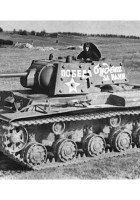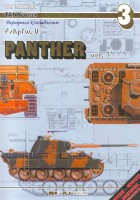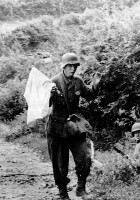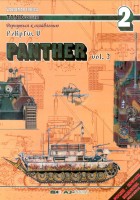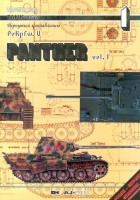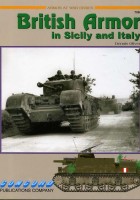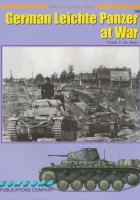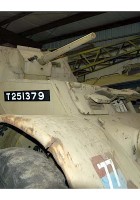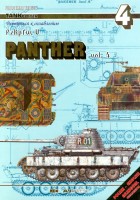
AJ-Press2 | |
|---|---|
| Series | TankPower |
| Title | PzKpfw V Panther vol.4 |
| Réf | 04 |
| Description | The Panzer V tank - Panther vol.4 |
The SdKfz 171 Panzer V Panther was a medium tank used by the German army during World War II, from July 1943 at the Battle of Kursk, until May 8, 1945. The Panther Designed to counter the Soviet T-34 tank, and replace the panzer III and IV, its Rheinmetall 7.5-cm KwK 42 L/70 gun fired piercing projectiles at a speed of 940 m/s, and 1,120 m/s with the tungsten-tipped Panzergranate 40/42, capable of punching 106 mm of armour at 2000 metres, performance superior to Tiger I's 8.8-cm KwK 36 L/56 gun.
Source: Panther sur Wikipedia
Views : 645
